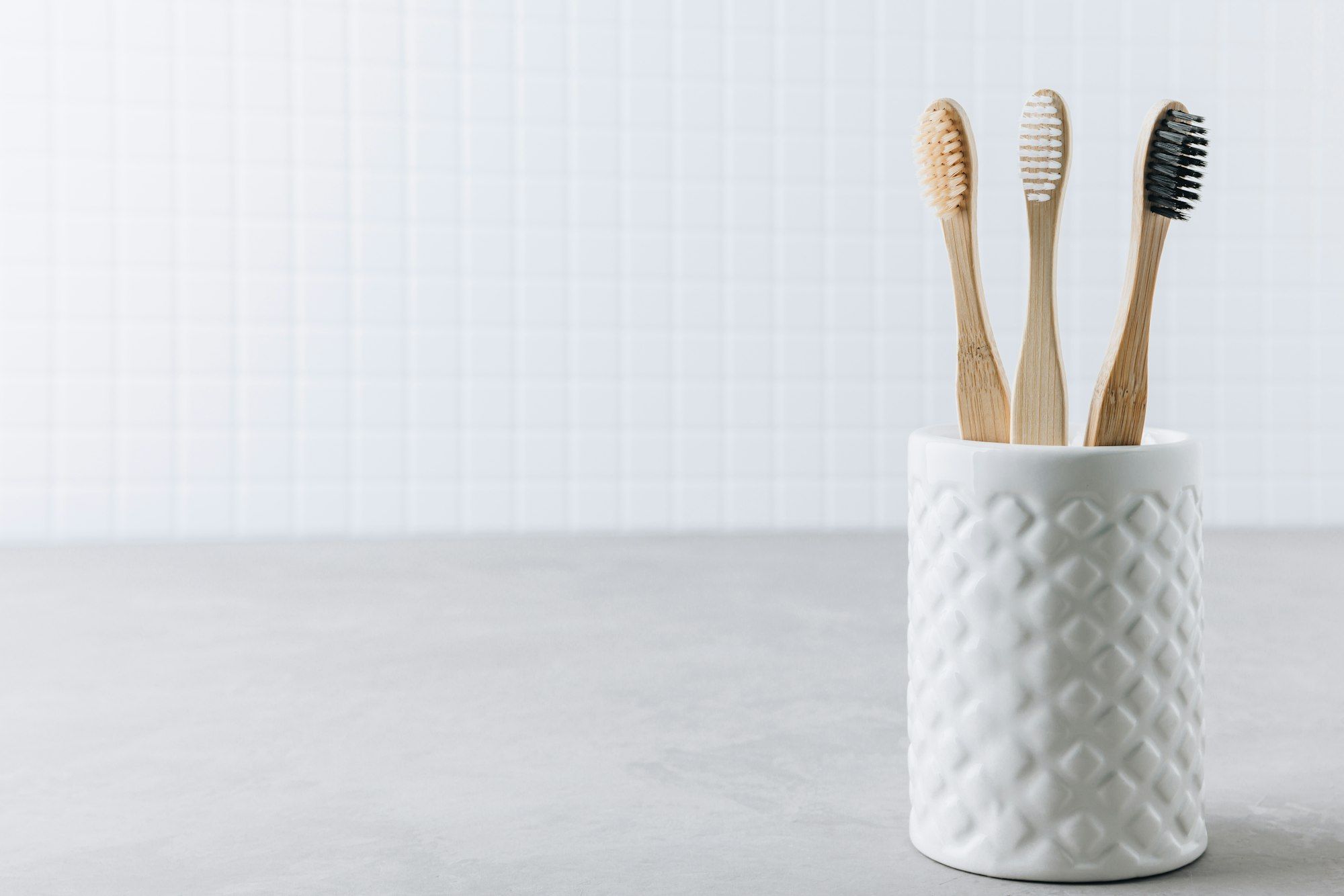Maintaining your oral health is fundamental to overall wellness, and central to this is the simple act of brushing your teeth daily. The marketplace offers a plethora of toothbrush options, ranging from the traditional manual brushes to the modern, powered ones. The question then arises: which is the better choice for ensuring gum health? Is it the manual or electric toothbrush?
Effectiveness of Brushing: Manual vs. Electric Toothbrushes
When contemplating the effectiveness of brushing, it is vital to consider the capability of the toothbrush to remove plaque and prevent gingivitis. Traditional manual toothbrushes have been the staple for oral care for decades. They are simple to use, come in various sizes, and have different bristle firmness levels to suit personal preferences.
Also to read : Does the Integration of Holistic Therapies in Traditional Treatment Plans Improve Outcomes for Chronic Pain Patients?
Electric toothbrushes, on the other hand, are relatively modern. Powered toothbrushes are equipped with rotating or vibrating brush heads, designed to clean the teeth and gums more efficiently. Some models even have inbuilt timers to ensure you brush your teeth for the recommended two minutes.
Research indicates that electric toothbrushes are marginally more effective at removing plaque than manual toothbrushes. A review published in the Cochrane Database of Systematic Reviews revealed that electric toothbrushes reduced plaque by 21% more than manual brushes after three months of use. Similarly, the risk of developing gingivitis was 11% lower with electric toothbrushes.
Also read : What Are the Latest Advances in Stem Cell Therapy for Regenerating Damaged Heart Tissue?
Considerations for Tooth and Gum Health
When choosing a toothbrush, it is important to consider its impact on your teeth and gum health. The bristles of a toothbrush, whether manual or electric, should be soft enough to prevent gum damage. Hard bristles can lead to receding gums and can wear down the tooth enamel.
Electric toothbrushes often come with pressure sensors that alert you when you’re brushing too hard. This feature can be particularly beneficial for those who tend to apply excessive pressure when brushing.
In contrast, manual toothbrushes require more skill to use effectively. For instance, you should hold your manual toothbrush at a 45-degree angle against your gums, and brush using short, tooth-wide strokes to remove plaque without causing gum damage.
Cost and Accessibility: Manual vs. Electric Toothbrushes
Electric toothbrushes, though effective, typically cost more than their manual counterparts. Not only is the initial purchase more expensive, but replacement heads also add to the ongoing cost. This factor can be prohibitive for some people, making manual toothbrushes a more accessible option.
Manual toothbrushes are also more readily available. You can find them in almost any store, and they come in a wide variety of types, sizes, and bristle firmness. This convenience and diversity make manual toothbrushes a popular choice.
Environmental Impact of Toothbrushes
In today’s environmentally conscious world, the impact of our choices on the environment is an important consideration. Manual toothbrushes contribute significantly to plastic waste, as they are typically not recyclable and need to be replaced every three to four months.
Electric toothbrushes, however, have a lesser environmental impact. They require the replacement of the brush head only, not the entire unit. This practice significantly reduces the amount of plastic waste. Furthermore, some brands offer recyclable brush heads, further reducing the environmental impact.
Brushing Habits and Preferences
Ultimately, the best toothbrush for you depends heavily on your personal habits and preferences. Some people may find an electric toothbrush easier to use, especially those with mobility issues or children who are still learning to brush their teeth effectively.
On the other hand, others might prefer the control that a manual toothbrush offers. If your brushing technique is effective, a manual toothbrush can clean your teeth just as well as an electric brush.
In the end, regardless of the type of toothbrush you choose, the most important thing is that you use it properly and regularly. Brushing your teeth twice a day, along with regular flossing and dental check-ups, is the key to maintaining good oral and gum health.
Long-term Implications for Oral Health
When considering between a manual toothbrush and an electric toothbrush, the long-term effects on oral health are a crucial factor. Regular brushing using either type of toothbrush is a key part of maintaining oral hygiene, with both being effective in reducing plaque and the risk of gum disease.
While the powered toothbrush has been shown to remove slightly more plaque over a three-month period, the impact of this difference over the long term could be minimal. The essential factor is consistent and proper usage of the toothbrush to ensure an all-round oral care.
However, the advanced features of electric toothbrushes, such as pressure sensors and timers, can be beneficial in promoting good brushing habits. These features can ensure you brush for the recommended two minutes, and not too aggressively, which could lead to gum recession and enamel erosion over time.
Manual brushes, while requiring more skill to use effectively, offer more control over the brushing process. If you have an efficient brushing technique, a manual brush can serve your oral health needs just as well.
Conclusion: Find a Balance That Works for You
Having considered the various factors, it is clear that the choice between a manual toothbrush and an electric toothbrush depends on individual preferences and circumstances.
While electric toothbrushes offer ease of use and advanced features, they come with a higher cost. Moreover, they might not be as readily available as manual brushes, particularly in remote areas.
On the other hand, manual toothbrushes are cost-effective, easily accessible and offer more control. However, they require more skill for effective use.
In terms of environmental impact, electric toothbrushes generate less plastic waste, given that only the brush head needs replacement. Yet, both types contribute to plastic waste, a critical issue that needs addressing in the production of toothbrushes.
Indeed, your choice should factor in your personal brushing habits, financial circumstances, accessibility, and ecological consciousness. The fundamental goal is to maintain a consistent oral care routine that ensures your teeth and gums remain healthy in the long term.
No matter the type of toothbrush you choose, it’s vital to brush twice daily, floss regularly, and attend dental check-ups. Remember, proper practice is more important than the tool itself when it comes to maintaining oral health.











